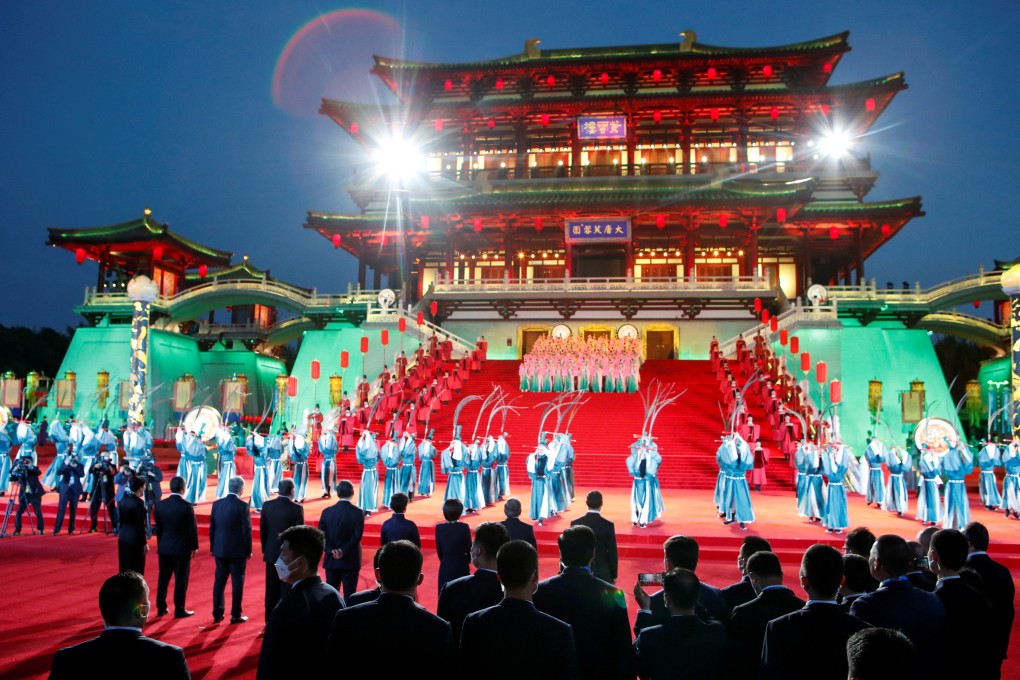Advertisement
China pulls on Tang dynasty Silk Road ties to help secure central Asian future
- Five regional leaders were greeted with dancers and a banquet harking back to Xian’s imperial past as a centre of trade and culture
- Beijing is trying to position itself as an alternative partner to Russia
Reading Time:2 minutes
Why you can trust SCMP
25

Sylvie Zhuangin Beijing
It was a step back in time in Xian on Thursday night as Chinese President Xi Jinping and his wife, Peng Liyuan, welcomed five central Asian leaders for a summit.
The gathering in the northwestern Chinese city – home to the terracotta warriors and the start of the Silk Road – got under way performances and a banquet inspired by the Tang dynasty (618-907).
Xian was the imperial capital for much of the dynasty and a centre of culture and economic activity with neighbouring countries.
Advertisement
Fast forward a millennium and Xi sought to invoke those connections at the start of the two-day China-Central Asia Summit, the country’s “first major diplomatic event” of the year.
“Shaanxi, as the eastern starting point of the ancient Silk Road, has witnessed the profound friendship between China and the Central Asian countries for over two thousand years,” state news agency Xinhua quoted Xi as saying.
Advertisement
Advertisement
Select Voice
Choose your listening speed
Get through articles 2x faster
1.25x
250 WPM
Slow
Average
Fast
1.25x
